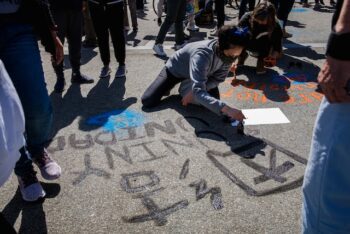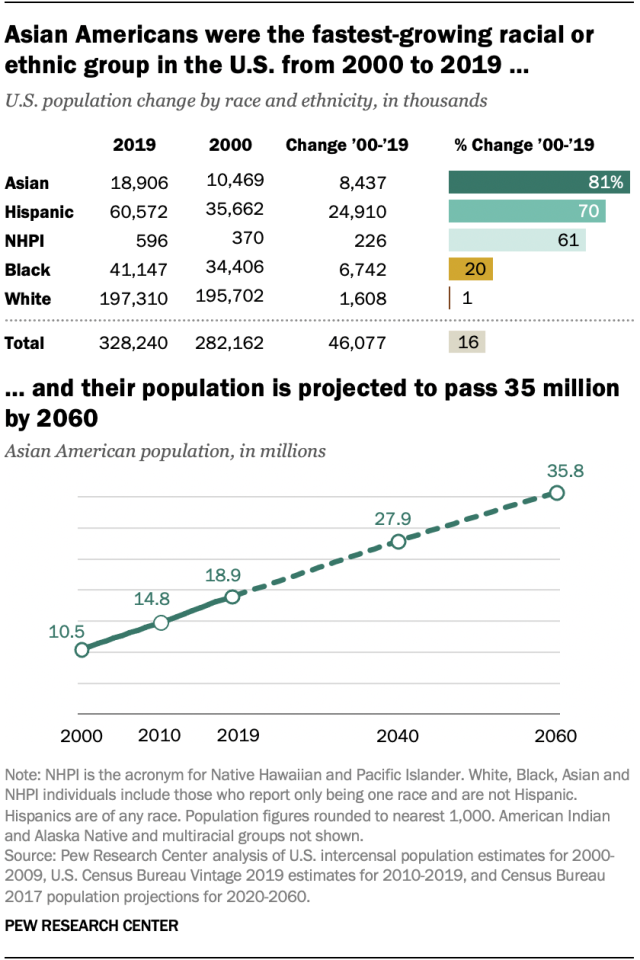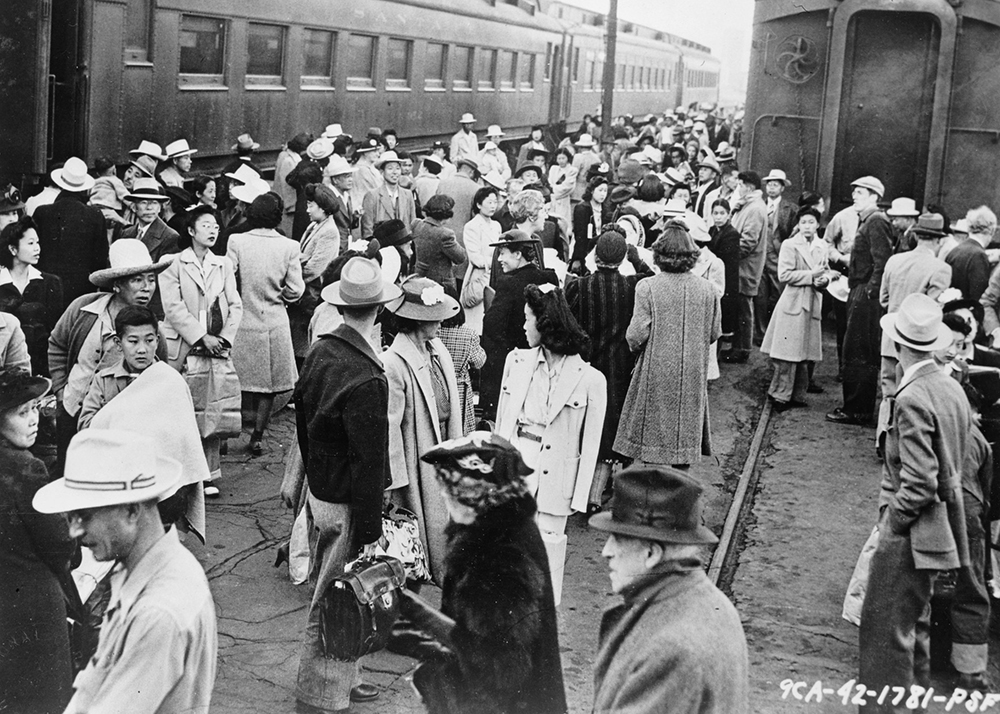I grew up like any other American girl—with big ’80s hair and listening to way too much Depeche Mode—but I knew my heritage and history made me different from most of my classmates. My childhood home in Arizona was 30 miles and 40 years away from Poston, one of the largest Japanese internment camps in the United States.
I knew the stories of the Japanese internment in the United States: After 1942, people like me who had Japanese ancestry were rounded up based on the whims of their neighbors and forced to live in camps—some for years. The last camp closed in 1946.
That dark chapter of American history was specific to the Japanese American population, in the wake of Pearl Harbor, but anyone in the U.S. who “looked” Japanese was subject to scrutiny.
 Despite outward appearances, the Asian American Pacific Islander (AAPI) community is remarkably diverse, and the concerns we face are equally varied. This May, during Asian Pacific American Heritage Month, it is important to recognize the AAPI community’s shared needs, as well as our diversity.
Despite outward appearances, the Asian American Pacific Islander (AAPI) community is remarkably diverse, and the concerns we face are equally varied. This May, during Asian Pacific American Heritage Month, it is important to recognize the AAPI community’s shared needs, as well as our diversity.
Disparities Among Asian Americans and Pacific Islanders
Certain health problems are specific to Pacific Island nations. Native Hawaiians and Pacific Islanders were 2.5 times more likely to contract diabetes than the non-Hispanic white population, with American Samoans having a particularly high rate according to the Health and Human Services Office of Minority Health.
Pacific Islanders also experience a disproportionate “burden of obesity-related cardiometabolic diseases,” according to a 2018 study.
Meanwhile in Japan, where there were 86,510 centenarians as of 2021, according to a World Economic Forum publication, the people of Okinawa are said to be the longest-lived worldwide. This is attributed to their healthy diet and ikigai—a word that can be defined as a sense of purpose or reason for living.
It’s not just genetics and health problems that differ, the AAPI community also features a wide variety of cultural differences. For instance, there’s a stereotype that we are overrepresented in education programs in the STEM fields. While that may be true of some of Asians Americans, it’s not true among the Pacific Islander and ASEAN region.
“Filipino students are nearly 60% less likely to major in science, technology, engineering and math (STEM) fields than other Asian American students,” according to a University at Buffalo study.”
The need for better data
Census data from 2018 gives an idea of the diversity of AAPI people in America:
- 20 million people in the United States identified as Asian/Pacific Islander—that’s 6.1% of the overall population.
- There were 5.2 million people of Chinese descent, 4.5 million of (Asian) Indian descent, and 4.1 million of Filipino descent, followed by 2.2 million of Vietnamese descent, 1.9 million of Korean descent, 1.5 million of Japanese descent, and less than 1 million of Native Hawaiian or other Pacific Island descent.
- 8% of Asian Americans lived at or below poverty level, and 6.2% were without health insurance. Hawaiian Natives and Pacific Islanders fared slightly worse with 14.8% at or below poverty level, and 8.6 percent without health insurance
Advocates for the AAPI community say we need to know more details about the population. They call for greater disaggregation of official census and health figures, to enable more useful real-world data.
“Asian Americans, Native Hawaiians and Pacific Islanders trace their heritage to more than 50 different countries and speak more than 100 different languages. Yet, when diverse communities are considered as one, the resulting data leads to inaccurate policy assumptions and poorly targeted investments that undermine equity for all,” says the Asian and Pacific Islander American Health Forum (APIAHF).
According to research into health disparities for Asian Americans, the country’s fastest growing minority, figures on health research are particularly poor. “There are many Asian American subgroups that are not merely underrepresented but not represented at all in biomedical research and national health priorities,” the research finds.

Mental health disparities
Another area where more data is needed is in the mental health situation of the entire AAPI community.
“Knowledge of the mental health needs and attitudes of Asian Americans/Pacific Islanders regarding mental illness is limited,” according to Mental Health America (MHA) . “Few epidemiological studies have included Asian Americans.”
Some observations noted by MHA include:
- “Asian Americans are the least likely racial group to take action on their mental health and are more likely to reach out to friends and family.”
- “Serious mental illness (SMI) rose from 2.9 percent (47,000) to 5.6 percent (136,000) in AAPI people ages 18-25 between 2008 and 2018.”
- Asian American women are especially impacted due to feelings of lack of control over their lives, the sensation that they need to meet unrealistic demands and the stigma of speaking out.
According to Agenda Alliance, mental problems are more prevalent among Asian women in America—impacting 24%, compared to 16% of white women.
Some of the common cultural attitudes of Asians make mental health, especially for women, a common problem for all AAPI people, but again, there is a need to distinguish between the unique aspects of the many countries and cultures represented by our community. During Asian Pacific Heritage Month, we need to be aware of shared concerns while celebrating our wonderful diversity and unique histories.
Finding my ikigai

There is beauty in numbers, and better understanding of the demographic breakdown of diseases among the AAPI will go a long way toward personalized medicines and improving patient outcomes. Being part of an industry that discovers cures for the most baffling and debilitating diseases facing people today is awe inspiring and humbling. It is not enough, however, to discover these cures.
We must also ensure that all patients have access to them. Ikigai is the concept of devoting one’s life to what one believes in, what one excels at, and what the world needs—and I am fortunate enough to have found that in my work here at BIO.




